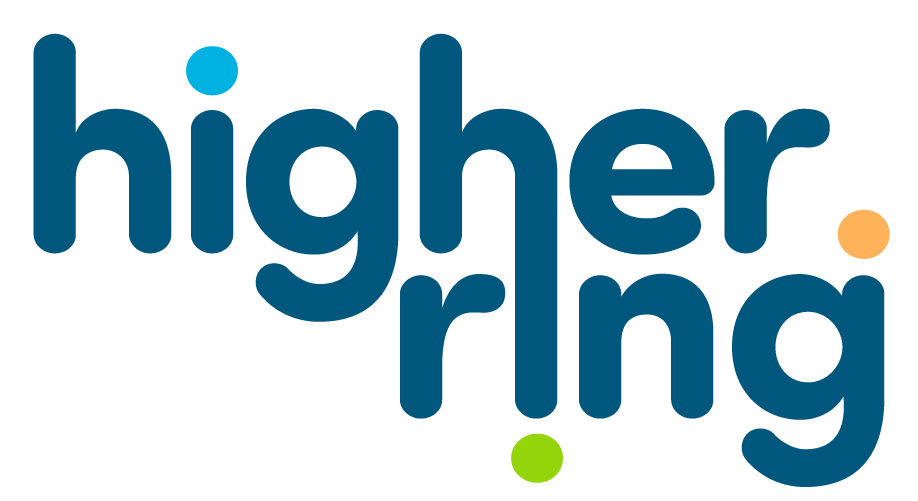3 Steps to Pick the Best Social Media Partnerships
Navigating the best partnerships to align with your brand goals.
In today's digital age, the right collaboration can propel a brand to new heights, transforming engagement metrics and driving unprecedented growth for small businesses. Influencers play a crucial role in enhancing brand content creation and visibility, reaching consumers who increasingly bypass traditional advertisements. For many companies, influencer partnerships and collaborations constitute a substantial portion of their advertising strategy. But how can brands determine which influencers or collaborations will be the most effective? Let's explore the art and science of finding the ideal influencer partnership to elevate your brand's presence.
Many brands have established guidelines and best practices for their social media accounts, and influencers often do as well. However, because most influencers earn the majority of their income from sponsorships or brand collaborations, they may sometimes engage in partnerships that don't necessarily align with their aesthetic, values, or usual content. Similarly, some brands with smaller or underdeveloped social media accounts reach out to larger influencers to quickly gain visibility and credibility. So, what should you do if you’re a brand looking for a mutually beneficial partnership?
1.
To ensure successful brand partnerships, it is essential to have a mix of flexible and inflexible requirements. This strategy, widely used by our clients, has proven to be highly effective. For instance, one of our vegan CPG clients mandates that all collaborations, brand partnerships, and influencers must create entirely vegan content, giveaways, and recipe developments. This inflexible guideline is crucial because anything less than 100% vegan content would contradict their brand, mission statement, and goals.
However, they are open to working with creators who are not exclusively plant-based, provided the recipes they create are entirely vegan. This flexible guideline allows them to appeal to a broader audience, such as those participating in Meatless Mondays. By doing so, they introduce their delicious products to a receptive audience that may be open to incorporating more plant-based foods into their daily diets. We frequently receive enthusiastic emails, calls, and direct messages from individuals who have discovered our client’s products and are not vegan.
Another critical requirement to consider is the engagement levels of potential partners. It's not just about having an appropriate audience; you should also consider a minimum following and active engagement from their audience. For example, one of our clients requires partners to have a reach of at least 20,000 accounts. Since these partnerships involve significant effort, the return on investment (ROI) must be justified. We recommend measuring ROI based on post engagement and the increase in incremental followers. Our goal is to help clients expand their reach while ensuring that the partnership is mutually beneficial.
2.
When planning your influencer marketing strategy, it’s crucial to assess the budget available for these activities. Some brands simply do not have the funds to pay influencers for promotion and content, which can significantly hinder social media development. Decide whether you will pay influencers for their content and promotion or if you will provide products, coupons, and gift cards instead. For some of our smaller clients, large-budget collaborations or mentions don’t make financial sense. Therefore, they offer product samples to aligned influencers in exchange for mentions or features.
This approach is effective because these influencers already have an engaged audience and are always looking for content to keep their followers interested. First, you need to identify influencers who are open to such collaborations and then agree on the details. Generally, this type of arrangement is more appealing to micro-influencers with fewer than 100,000 followers. It’s important to recognize that a smaller following doesn’t necessarily mean an ineffective collaboration. Often, these niche opportunities provide a brand with more organic and authentic engagement with their products.
3.
When considering partnerships, decide whether you’d like to collaborate with another brand or an individual influencer. Many brand-to-brand partnerships are highly successful. For example, one HigherRing client that sells vegan products teamed up with other vegan brands to create a recipe/dinner kit giveaway on social media. Although the participating companies had different follower sizes, the giveaway was successful because it leveraged their combined audience and required participants to follow each company to enter. This collaboration achieved greater reach for all the brands involved and generated more excitement by targeting a shared vegan audience.
Facilitating collaborations between your brand and potential partners can be challenging. However, by clearly outlining your requirements and expectations, you can quickly assess whether a social media partnership is a good fit.
Strong social media partnerships can lead to meaningful, long-lasting connections and enhance your brand’s presence. As consumers increasingly turn to social media to discover new and exciting brands, collaborations offer the valuable engagement needed to boost sales and announce new products effectively. Brands must harness the power of social media to introduce new campaigns and products to a broader audience far beyond their current reach. Utilizing these strategies to develop relationships with influencers and complementary businesses will help your brand start collaborations that make sense.
Author Bio
Hey there! I'm Katie, a Lead Client Specialist on the HigherRing eCommerce/CPG team. I navigate the exciting world of social media, ERP, CRM, and API software, while also mastering operations and supply chain development. When I'm not optimizing processes, you can find me indulging in delicious vegan food or reveling in all things green.




